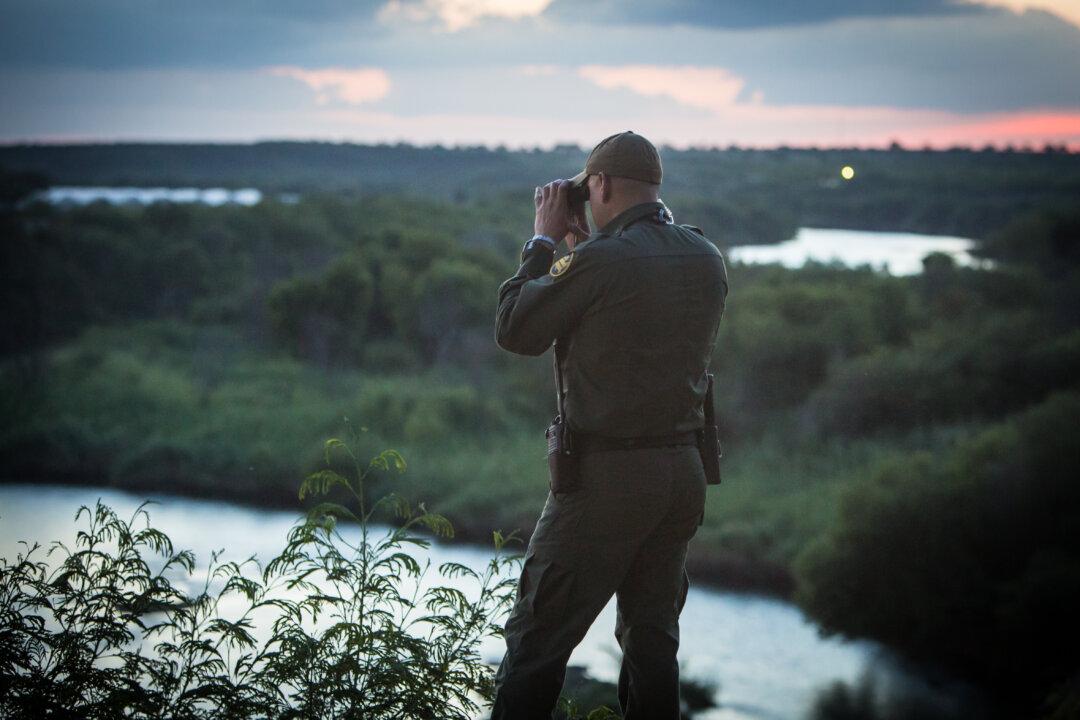ROMA, Texas—Go to the observation deck by the bird sanctuary at the Roma bluffs, we’re told. At sunset, overlooking the Rio Grande, you will see illegal aliens crossing from Mexico into the United States.
It’s such a well-known phenomenon that we even get advice on exactly where to watch. A sheriff stops by and points out the houses across the river owned by cartels (no one crosses without their say-so).





